1-800-787-8806 | In Morocco + 212-618-88-26-81 | Mail: alecia@morocco-traveler.com
Located near the beach of Mehdia, 13 km from Kenitra, 35 km from Rabat, the bird sanctuary at Sidi Boughaba fresh water lake is an important biosphere and nature reserve which hosts flocks of migratory birds. It is on the main migatory route from Europe to Sub-Saharan Africa .The lake which, is mainly fed by groundwater,is the only natural freshwater range on the northwest coast. It is more than 5 km long and runs beside the road to Sidi Taibi, where the kouba of the marabout of Sidi Boughaba is situated. The lake is separated by a small causeway which can be accessed on foot and allows birdwatchers to view the varied birdlife. The reserve covers an area of 637 hectares, 524 hectares are covered by forest and 113 hectares are occupied by the lake.
Sidi Boughaba Lake is one of the view examples of Morocco’s original fresh water wetlands with its unique flora and fauna such as red juniper trees and several types of frogs and toads which can be heard croaking before sunset. It is recognized as part of the Ramsar ConvenHon on the preservaHon of internaHonal wetlands and biodiversity and is designated as an Important Bird Area (IBA). Marsh harriers feed on colorful swarms of dragonflies. Birdwatchers can see and photograph species such as warblers, crested coot and kites. In the winter months you can spot flamingos, godwits and the rare African marsh owl. In spring Hme the reserve is carpeted with crocuses, brooms and marigolds. It is a eco paradise which has many secluded walks.
This is one of the last vesHges of fresh water wetlands on the Northwest coast of Morocco and fog someHmes driOs in from the nearby AtlanHc Ocean. The lake is between 5 and 6 km, its width varies between 100 and 350 m depth. There is an educaHon center which is open to the public. It has been run by the Society for ProtecHon of Animals and Nature (SPANA) since 2002 under a partnership agreement with the Ministry of Forestry.
At the shallow parts of the lake vegetaHon of microscopic algae are found. The immediate banks of the lake are covered with tuOs of rushes (MariHme bulrush), Phragmites and cat tails.Wood flora is rich in wild local species. The vegetaHon of the north-western shore is formed by a juniper forest with tree species such as white or Retama monosperma and red juniper (Juniperus phoenicea or Genet). Trees and bushes are used to support a variety of vines such as ClemaHs cirrhosa and Tamus communis. An alien element is a reforestaHon of eucalyptus on the east bank, on an esplanade used for picnics on weekends.
There are over 171 species of birds including the winter migratory species , the rest are breeding regularly. The birds feed in the lake, others at the seaside. Species that can be seen include marbled teal, combed coots , crested grebe, flamingos, shoveler ducks and marsh harriers. There is a sizeable populaHon of partridges along with other sedentary or migratory songbirds. The reserve is open to the public daily from sunrise to sunset. The NCEA center is open to the public only on Saturdays, Sundays and public holidays from 12 noon to 4 pm. Guided tours are available and there are signs marking flora and fauna. There are terraces and observaHon huts for bird viewing. Documents, binoculars and telescopes are available on site.

 Art of a Moroccan Hammam
Art of a Moroccan Hammamactivities
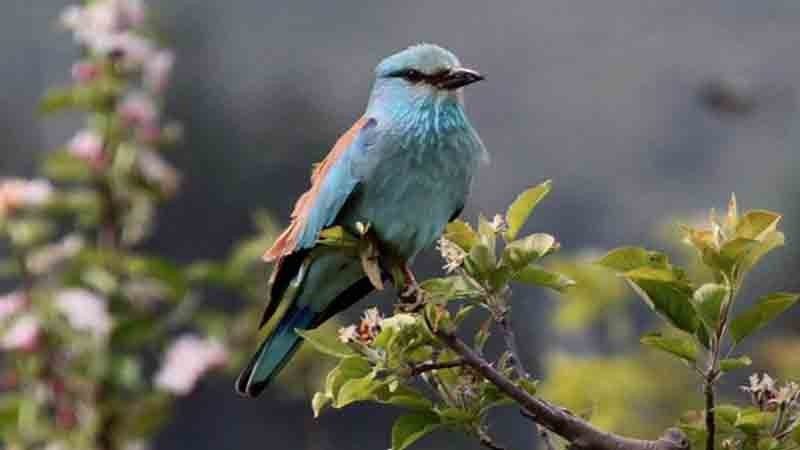 Bird Watching in Morocco
Bird Watching in Moroccoactivities
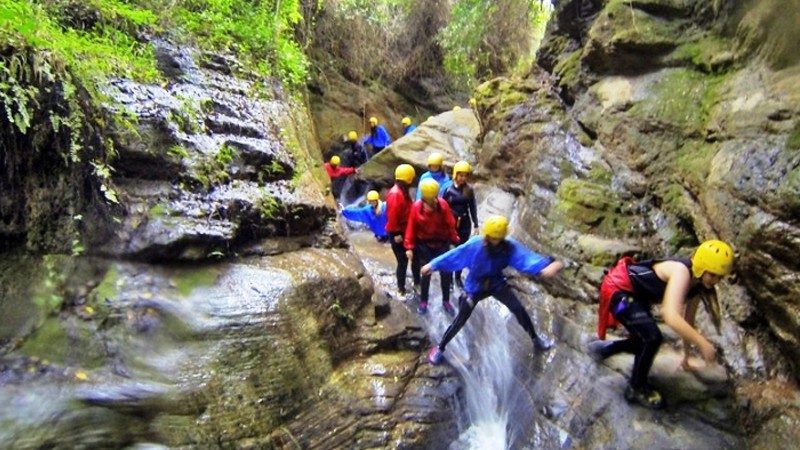 Guided Canyon Adventure
Guided Canyon Adventureadventure
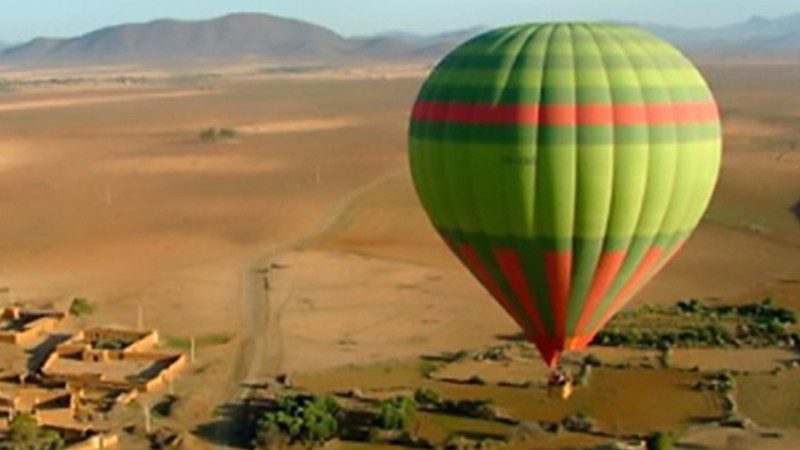 Marrakesh By Air
Marrakesh By Airadventure
 Moroccan Shopping & Handicrafts
Moroccan Shopping & Handicraftsactivities
 Quad Biking in Morocco
Quad Biking in Moroccoadventure
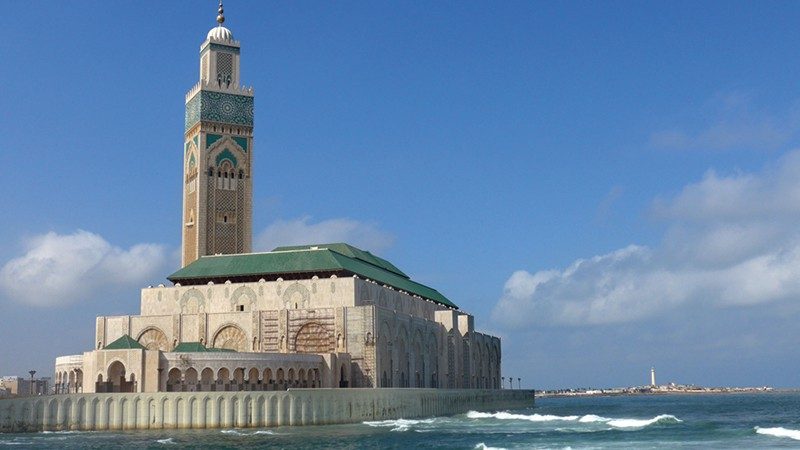 Top 10 Places To See
Top 10 Places To Seeactivities
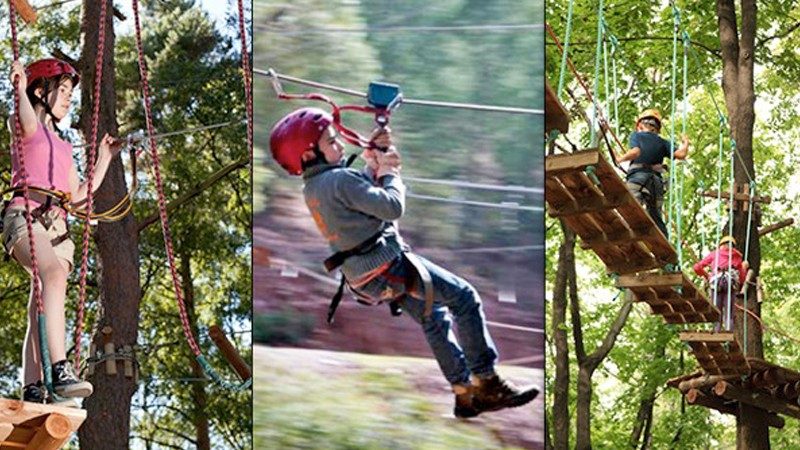 Zip line Across the Atlas
Zip line Across the Atlasadventure
Copyright 2015 by Morocco Traveler - All Rights Reserved